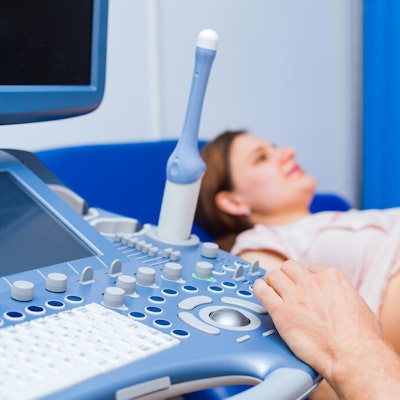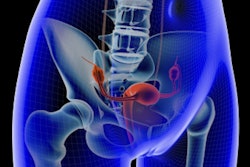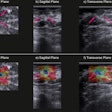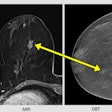
Transvaginal ultrasound (TVUS) may not be needed for positional follow-ups after six weeks following correct insertion of an intrauterine device (IUD) in women, Dutch research published on 4 October in AJOG Global Reports suggests.
A team led by Dr. Patty van der Heijden from Máxima Medical Center in Veldhoven found that the overall malposition rate of levonorgestrel 52 mg IUD identified on TVUS in this time frame was less than 7%. The group also found a less than 2% risk for malposition if women report no complaints of unfavorable bleeding or pelvic pain.
"If patients experience no complaints of unfavorable bleeding and/or pelvic pain, the risk for malposition is low and a routine TVUS after six weeks is not necessary," van der Heijden et al wrote.
Levonorgestrel IUDs bring about cervical mucosal thickening, suppress the endometrium growth, and in some women, inhibit ovulation. These in turn lead to the contraceptive effect and for the reduction of menstrual blood loss.
However, complications such as the presence of threads and the embedment of the device's stem in the myometrium can occur in some cases. Transvaginal ultrasound can help diagnose the latter complication. There is ongoing debate about the clinical impact of these complications, as well as whether ultrasound is needed for routine checking.
Manufacturer guidelines typically advise that women be re-examined four to 12 weeks after initial IUD insertion and once a year after that. Dutch contraception guidelines state that women should go to their gynecologist six weeks after initial insertion to rule out a cervical position of the IUD and to confirm the presence of threads.
Van der Heijden and colleagues noted a lack of evidence in this area, though, leading them to look at the incidence of malposition on transvaginal ultrasound during routine checking six weeks after insertion. They also explored the relation between malposition of the levonorgestrel 52 mg IUD and unfavorable bleeding pattern and pelvic pain in women.
The team looked at retrospective transvaginal ultrasound data collected in 2015 and 2016 from 448 women. Out of the total, 363 women also completed the subsequent questionnaire. The researchers found that the overall malposition rate of IUDs was 6.3% (28/488 women).
For women who completed the questionnaire, malposition was seen in 15 out of 198 women (7.6%) who reported unfavorable bleeding and/or pelvic pain. The study authors noted malposition in just three out of 165 patients (1.8%) with favorable bleeding pattern and no pelvic pain (p = 0.03).
The team also reported malposition in 14 out of 186 women (7.5%) with an unfavorable bleeding pattern, versus four out of 177 women (2.3%) with favorable bleeding patterns (p = 0.008). These women completed the questionnaire.
Van der Heijden et al also found no significant differences in malposition between women with pelvic pain and women without pelvic pain.
The study authors suggested that based on their findings, routine follow-up transvaginal ultrasound may not be needed and could lead to unnecessary costs. However, they added that TVUS should be considered in cases of unfavorable bleeding.
"Because of the high frequency of unfavorable bleeding within six weeks after insertion, this might result in a higher proportion of patients requesting a TVUS to check for malposition," the group wrote. "We could not differentiate a specific bleeding pattern that showed malposition on TVUS."
The authors called for future research in this area to focus on two aspects, the clinical relevance of a malpositioned IUD and changes in position of levonorgestrel IUDs. They also added that a cost-benefit analysis in symptomatic patients could be helpful.



















